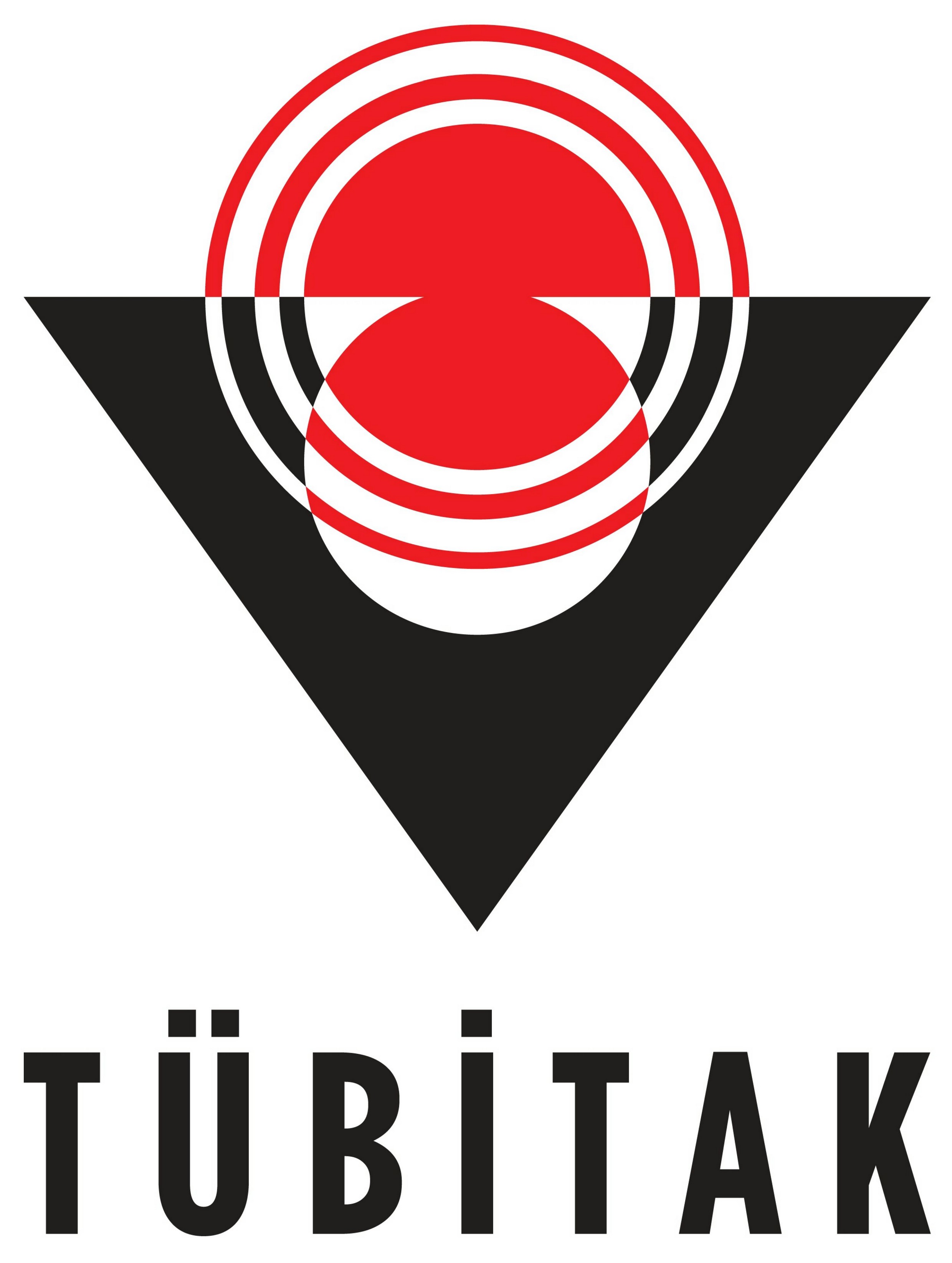Selection of peptide sequences that can cross the blood-brain barrier using state-of-the-art 3D in vitro organ chip models and integration with nano-carrier systems
Neurological diseases are the second leading cause of death, accounting for 16.5% of deaths worldwide, and the leading cause of disability, affecting the daily lives of 276 million people. Many of these diseases are known to be untreatable and current knowledge about them is admittedly limited. One of the main reasons for this is the blood-brain barrier (BBB), a unique, complex and dynamic interface that separates the brain from the circulatory system. The BBB regulates the influx and efflux of substances to maintain a homeostatic environment for proper brain function and protects the brain from toxins and pathogens. On the other hand, it also restricts the access of drugs to the central nervous system (CNS), which hinders the treatment of brain diseases. Therefore, there is a great unmet clinical and commercial need for effective technologies that can transport large molecular therapeutics across the human BBB to treat central nervous system (CNS) diseases. Many academic groups and companies are working on protein (mostly antibody) and peptide shuttles. These typically target a limited number of surface proteins known to be expressed on human brain microvascular endothelial cells (BMVECs), which undergo receptor-mediated endocytosis and potentially mediate the transport of molecules across the BBB, a process known as transcytosis. However, many of these protein or peptide shuttles target receptor proteins that are also highly expressed in other organs, complicating specific drug delivery to the brain and causing systemic toxicity. Using an unbiased peptide screening approach on state-of-the-art cell-based organ chip models, we aim to identify novel peptide shuttles that can effectively overcome the BBB for use in drug delivery systems to treat CNS disorders. The result will be a series of highly effective, brain-targeted peptide shuttles that can effectively overcome the human BBB. The nano-shuttle systems decorated with peptides that penetrate the BBB have the potential to be administered at high doses, resulting in effective therapeutic drug concentration in the brain without unacceptable side effects. These BBB shuttle peptides have high potential for patent applications, both as delivery vehicles and as core components of related therapeutic products for high-value CNS applications.
